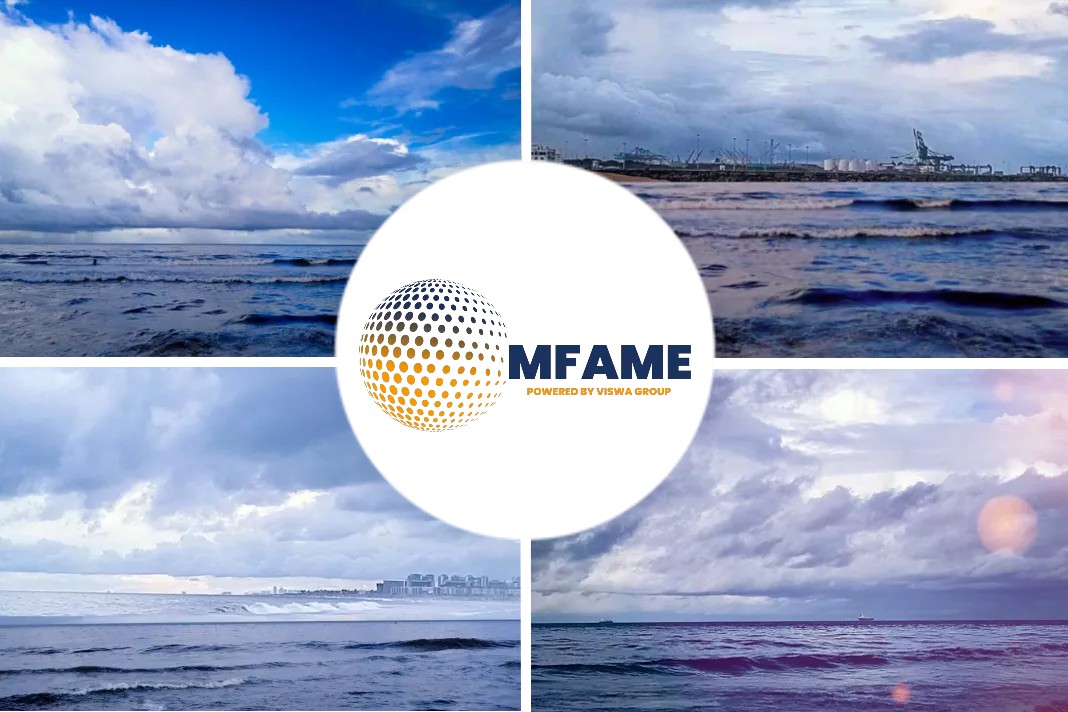As shipping industry is set to change from 2020 as the United Nations International Maritime Organisation has resorted to strict measures to limit the amount of sulphur content in marine fuel. Methanol suppliers are looking to take advantage of the situation to take a share of the 300 million mt/year global bunker market, reports Platts.
Opportunity for methanol
Shipping companies face a significant rise in costs when the International Maritime Organization’s global 0.5% bunker sulfur cap comes into effect next year, with 0.5% sulfur bunker prices currently at a premium of about $230/mt to high sulfur fuel oil at Rotterdam.
Delegates at the European Methanol Summit in Dusseldorf this week saw the upcoming changes for shipping as an opportunity for methanol to gain traction as an alternative bunker fuel.
“Methanol demand may grow at a reduced rate over the next two years because of the global slowdown,” Hanna Sukhu-Maharaj, commercial manager of Trinidad-based methanol supplier MHTL, said at the conference. “But I think in the medium to long term, the substitution of conventional bunker fuels offers great potential for methanol.”
Methanol as marine fuel
Methanol produces negligible sulfur, nitrogen and particulate matter emissions when burned, and has reduced carbon dioxide emissions compared with conventional bunker fuels.
Methanol barge prices at Rotterdam have been $228/mt lower than 0.5% sulfur marine fuel barges over the past month. But given methanol’s lower energy density, methanol prices by energy content worked out marginally higher, at $10.43/GJ for methanol versus $10.05/GJ for 0.5% sulfur bunkers.
Retrofit and new orders
Ships can be retrofitted to run on methanol; conference delegates estimated the conversion of the cruise vesselStena Germanica in 2015-16 was completed at a cost of a few million dollars.
But shipping companies are also ordering new ships capable of running on methanol, since 2016 Waterfront Shipping has been operating seven methanol-fueled tankers, and in 2018 in conjunction with MarInvest, NYK and Mitsui it agreed to charter four more.
Methanol carriers
MHTL’s sister company Proman Shipping last month announced a joint venture with Sweden’s Stena Bulk to jointly own and operate two new methanol carriers that are also methanol-fueled. The ships will each consume about 13,000 mt/year of methanol, MHTL’s Sukhu-Maharaj said Wednesday.
LNG the major competitor
Within the alternative bunker fuel market, methanol’s main competitor at the moment is LNG, which has seen exponential growth as a marine fuel in recent years, albeit from a very low level.
S&P Global Platts Analytics forecasts LNG bunker demand may grow to as much as 15 million mt/year over the next decade.
Methanol Vs LNG
Delegates at the methanol conference stressed
- that both the delivery infrastructure and the alterations needed on board ships were much cheaper for methanol than for LNG.
- But pointed out the much greater size of the LNG industry gave it more marketing and lobbying power to promote its use in shipping.
Scrubbers holding back the market?
One supplier also said the current focus on scrubbers in shipping — emissions-cleaning equipment that allows a ship to continue burning dirtier fuels — was holding back the market for alternative bunker fuels.
“Scrubbers are killing this market for us,” the supplier said.
What is the next challenge?
Beyond 2020, the next challenge for the whole of the bunker market will be to determine what energy sources can be used to comply with the IMO’s initial strategy for the reduction of greenhouse gases (GHGs).
Last year, the IMO adopted a strategy of cutting carbon dioxide emissions per ship by at least 40% from 2008’s levels by 2030, while cutting the shipping industry’s total GHG emissions by at least 50% by 2050.
Methanol enough just to meet 2030 target?
Using conventional methanol derived from natural gas as a bunker fuel, in conjunction with measures to maximize fuel efficiency, may be enough to meet the 2030 target, but will be insufficient for the IMO’s 2050 goals.
But renewable methanol, derived from biomass or carbon dioxide combined with hydrogen, could be an energy source with low enough net GHG emissions.
This would be likely to be much more expensive than conventional bunker fuels, but that would also be the case for any solution in line with the IMO’s 2050 strategy.
Renewable methanol
Remko Detz, a scientist in the energy transitional studies unit of Dutch research organization TNO, said pricesfor renewable methanol should come down sharply towards 2050, and could be competitive with conventional methanol by 2035 or before.
This estimate is based on significant additions in renewable power capacity worldwide, as electricity is needed to create the hydrogen needed to make the fuel.
Low GHG marine fuel
The fight to become the dominant low-GHG marine fuel is likely to become increasingly heated over the next decade, with aggressive lobbying from all sides.
But as the methanol market worldwide is currently just around 100 million mt/year, taking only a small share of bunker supply would amount to a large boost to demand.
Did you subscribe to our daily newsletter?
It’s Free! Click here to Subscribe!
Source: Platts



















